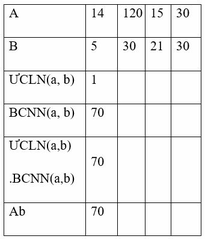Read the following passage and mark the letter A, B, tr or I) to indicate the correct answer to each of the questions from 36 to 42.
Humans have struggled against weeds since the beginnings of agriculture. Marring our gardens is one of the milder effects of weeds - any plants that thrive where they are unwanted. They clog waterways, destroy wildlife habitats, and impede fanning. Their spread eliminates grazing areas and accounts for one-third of all crop loss. They compete for sunlight, nutrients, and water with useful plants.
The global need for weed control had been answered mainly by the chemical industry. Its herbicides are effective and sometimes necessary, but some pose serious problems, particularly if misused. Toxic compounds threaten animal and public health when they accumulate in food plants, groundwater, and drinking water. They also harm workers who apply them.
In recent years, the chemical industry has introduced several herbicides that are more ecologically sound. Yet new chemicals alone cannot solve the world's weed problems. Hence, scientists are exploring the innate weed-killing powers of living organisms, primarily insects and microorganisms.
The biological agents now in use are environmentally benign and are harmless to humans. They can be chosen for their ability to attack selected targets and leave crops and other plants untouched. In contrast, some of the most effective chemicals kill virtually all the plants they come in contact with, sparing only those that are naturally resistant or have been genetically modified for resistance. Furthermore, a number of biological agents can be administered only once, after which no added applications are needed. Chemicals typically must be used several times per growing season.
What does the author think teachers do which they should not do?
A. They encourage children to copy from one another
B. They point out children's mistakes to them
C. They allow children to mark their own work
D. They give children correct answers

















